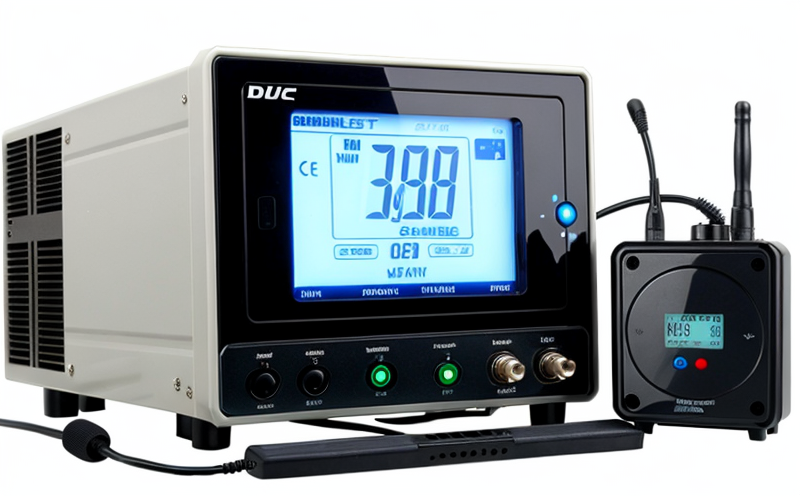3GPP TS 36 101 LTE User Equipment RF Testing
In today’s interconnected world, wireless communication is at the heart of numerous industries. The evolution from 2G and 3G to 4G (LTE) has brought about a significant leap in data transfer rates and network capabilities. As we move towards the next generation of mobile networks (5G), ensuring that user equipment meets the stringent requirements set forth by 3rd Generation Partnership Project (3GPP) is crucial.
The 3GPP TS 36 101 specification defines the overall architecture and functional requirements for LTE User Equipment (UE). This includes a comprehensive suite of tests that validate UE performance in various network conditions. These tests are critical for ensuring interoperability, reliability, and compliance with global standards.
The process begins with thorough specimen preparation, where the UE is configured to meet specific test parameters outlined by the standard. The testing apparatus used includes specialized RF equipment such as signal generators, spectrum analyzers, network simulators, and measurement receivers. These tools are calibrated to ensure accurate and repeatable results.
The tests cover a wide range of scenarios including:
- Channel modeling for different propagation environments
- MIMO (Multiple Input Multiple Output) performance testing
- Packet error rate measurement under various modulation schemes
- Bandwidth and throughput verification
- Interference resistance evaluation
- UE power consumption analysis
The results are meticulously recorded and reported in accordance with the standard. Compliance with ISO/IEC 14598-1 for RF performance testing is ensured, providing a robust framework for validating UE behavior.
In summary, 3GPP TS 36 101 LTE User Equipment RF Testing is essential for ensuring that user equipment meets the highest standards of wireless communication. This service ensures that devices perform reliably across diverse network environments and adhere to global regulatory requirements.
| Test Parameter | Description |
|---|---|
| UE Bandwidth Test | Verifies the UE's ability to operate within specified frequency bands. |
| MIMO Performance | Evaluates MIMO capabilities for enhanced throughput and reliability. |
| Packet Error Rate Measurement | Assesses the integrity of data packets transmitted over LTE networks. |
| Testing Scenario | Description |
|---|---|
| Shadow Fading Test | Evaluates UE performance in areas with poor signal strength. |
| Multipath Propagation Analysis | Determines the UE's resilience to multipath interference. |
Why It Matters
The importance of 3GPP TS 36 101 LTE User Equipment RF Testing cannot be overstated in the context of modern wireless communication. As more devices connect to networks, ensuring compatibility and performance is paramount. This service plays a pivotal role by:
- Enhancing Interoperability: Ensures that different brands and models of UE can communicate seamlessly.
- Improving Reliability: Identifies potential issues before they impact end users.
- Facilitating Compliance: Helps manufacturers meet regulatory requirements in various regions.
- Promoting Efficiency: Optimizes network resources by validating UE performance under real-world conditions.
By adhering to these stringent tests, service providers and manufacturers can ensure that their products are reliable, efficient, and compliant with international standards. This not only enhances user experience but also fosters trust in the technology industry.
Industry Applications
The 3GPP TS 36 101 LTE User Equipment RF Testing service has a wide range of applications across various sectors. Some key areas where this testing is critical include:
| Sector | Application |
|---|---|
| Telecommunications Industry | Ensuring interoperability and reliability of LTE devices across different networks. |
| Automotive Sector | Testing in-vehicle UE devices to ensure they function safely and efficiently. |
| Consumer Electronics | Validating smart device compatibility with LTE networks for seamless connectivity. |
In addition to these sectors, the testing is also essential in the healthcare industry for devices such as wearables that rely on wireless communication. The robustness of these tests ensures that critical information can be transmitted accurately and securely.





